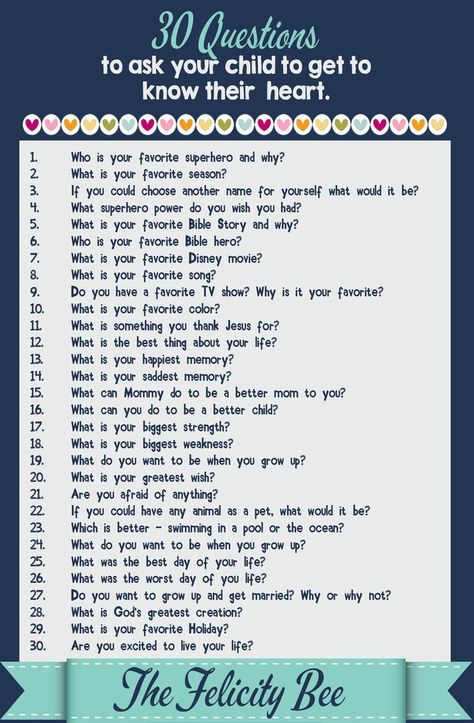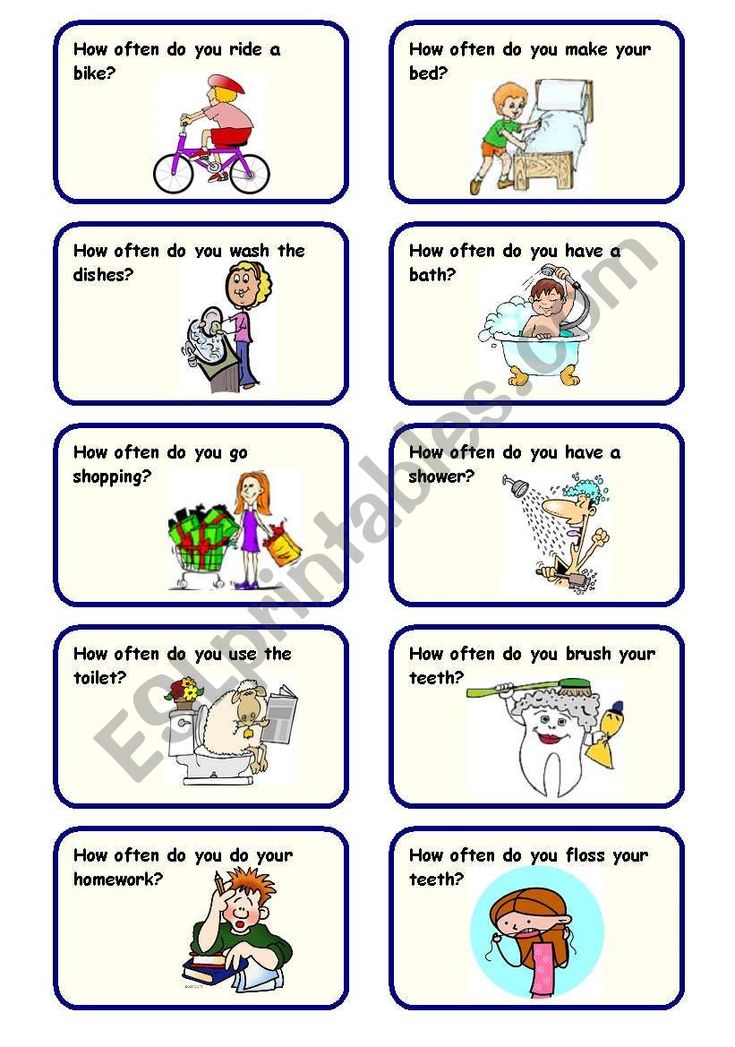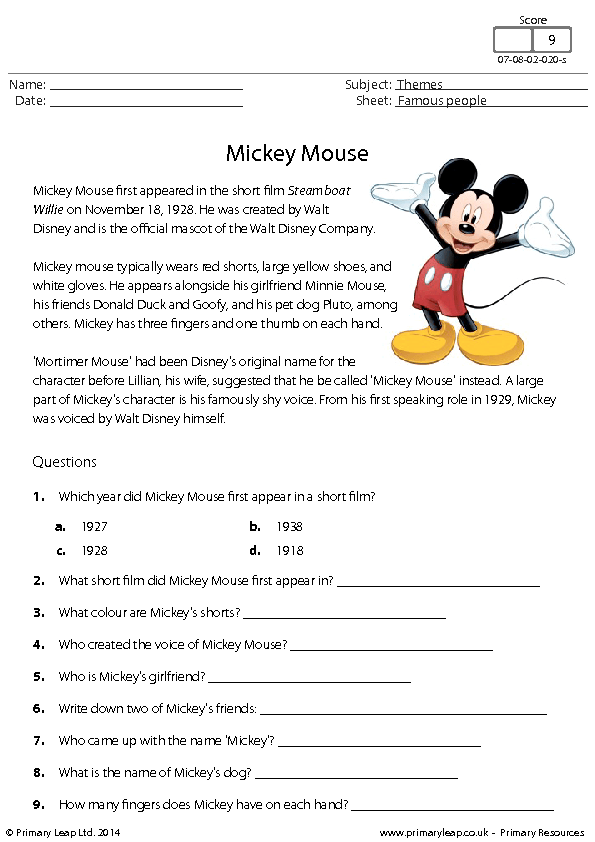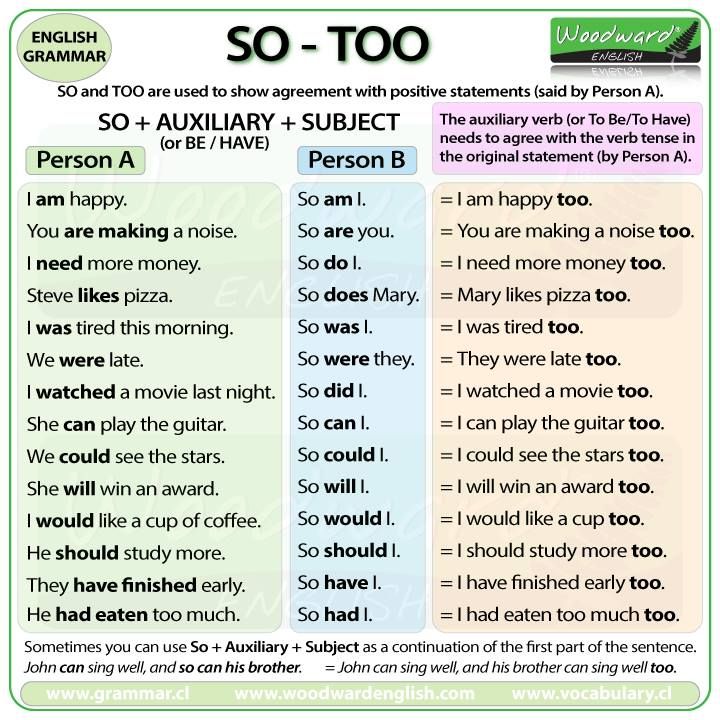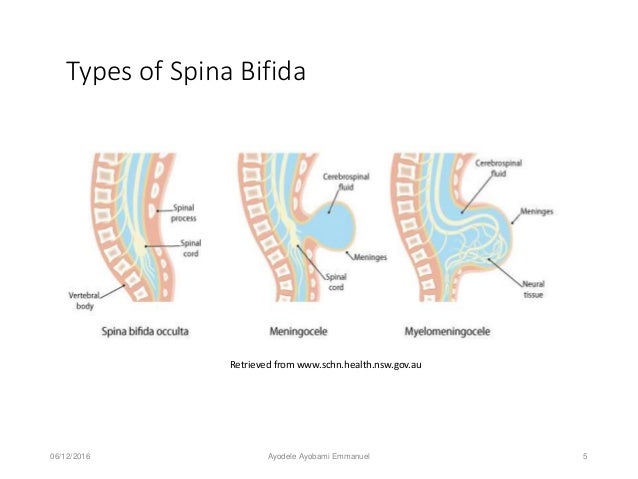How to help a left handed child write neater
Handwriting Advice for Left Handers
Kids Home
General handwriting advice for children who are left handed
Download PDF 235.1 KB
Handwriting Advice for Left Handers
Writing Tool and Grip
In order to see as they write and to prevent smudging the left hander should hold pencil/pen at least 3 centimetres from point. This can be indicated by a small elastic band around the desired area for grip which can be removed once the child is familiar with position.
This grip, taught in early stages along with sitting and paper position should eliminate need for ‘hooked’ hand. If this hasn’t developed it can be remedied in the following ways:
- Vertical blackboard writing using handwriting patterns. This encourages a full arm movement with greater freedom and a less cramped position.
- Frequent practice of large writing on paper should be provided.
- Sloping desk top board
- Attention to correct sitting and paper position
- Use of thick barrel pen, crayons, felt tip for writing patterns.
Seating
- Check that a left-hander is not sitting too close to the right of a right-hander. This will avoid their arms colliding. Some, but not all, left handers will find writing easier if they can sit on a higher chair BUT that their feet are still firmly on the floor.
- When copying a word, numbers, letters, writing patterns etc a left-hander is helped if these are placed down the right hand side of page.
Strategies
Writing Implement
- It can be harder for a left handed writer to write with a very fine nib. Offer pens and pencils with broader and more flexible nibs.
- When using pens, avoid ink which appears very “wet” as this can be easily smudged. Do use ink which flows freely, to help reduce writing pressure which can lead to pain over longer pieces of written work.
- Use softer leaded pencils e.g. 2B rather than HB to reduce writing pressure.

- Try pens and pencils with a differentiated barrel.
Grasp
- Ideally left-handers should hold the pen or pencil 2-3cm from the point to enable them to see round their fingers and avoid “hooking” with the writing hand or adopting and awkward neck posture when writing.
- Try marking the distance with stickers, a line of nail varnish (clear works well if children are self-conscious) or a small elastic band wrapped round several times.
- “The finger rule” – If the child places his index and middle fingers at the end of the sharpened part of the pencil, and then grasps the pencil ready to write above this, his fingers should be an appropriate distance from the point.
Paper Position
- Allow the child to tilt the paper slightly to the right. Around 45 is usually appropriate but allow the child to experiment until comfortable.
- Left-handed writers may require more space at a shared desk or prefer to sit on the left of a shared desk so they do not bump arms with their peer when writing.

Resource Tags
- Education
- Taking Part in Class Work
- Writing Skills
- Activity Sheets
- Individuals
- Parents
- Healthcare Professionals
- Education
- 6-8 Years
- 9-11 Years
- 12-14 Years
- 15-17 Years
- 18-19 Years
Content
- Writing Tool and Grip
- Seating
- Writing Implement
- Grasp
- Paper Position
Child Development
- Child Development Timeline
- Moving On To Nursery
- Moving On To School
- Vision Questionnaire
- Hearing Questionnaire
- Touch Questionnaire
- Smell and Taste Questionnaire
- Body Awareness Questionnaire
- Movement and Balance Questionnaire
Life Skills
- Self Care
- Play & Leisure
- Education
- Joining in with Sensory Differences
- Listening, Understanding, Talking and Interacting
- Sleep
- General Hints and Tips
Health A-Z
- Health A-Z
- Autism Diagnostic Service
Other
- About us
- KIDS Zone
- Parents Zone
- Education Professionals
- Healthcare Professionals
- Resources
- Resources for COVID-19
- KIDS Facebook
- KIDS Twitter
Left-Handed Handwriting Tips & Guide
Site Search
Site Search
Shop Now
Teaching Tips
June 30, 2020
0
2 minutes
What do David Bowie, Oprah, Barack Obama, and Jim Henson (and Kermit!) all have in common? Aside from being the ultimate dream dinner party—they are famous lefties!
According to the BBC, ten percent of the population is left-handed, which means you are sure to have some lefties in your classroom. They may struggle in this mostly right-handed world—so here are some tips to make their writing experience comfortable and successful.
They may struggle in this mostly right-handed world—so here are some tips to make their writing experience comfortable and successful.
The Difficulty of Being Left Handed
Being a left-handed child in a right-handed world can make many daily tasks more challenging. There are many aspects to handwriting that can be complicated by having a child who is left-handed. Often, the hand smears the ink or pencil as the child writes across the page. The hand also gets in the way of reading directions and examples in the left-handed margin.
Because of these challenges, we often see children who will “hook” their left wrist to get their hand and wrist out of the way. This can be very uncomfortable for writing. Children who use this posture may demonstrate fatigue quickly, decreased endurance, poor legibility, and pain with writing.
They may also have decreased motivation to write and may write only a few words to satisfy a prompt instead of full sentences. We want children to be successful with their writing, no matter their hand dominance.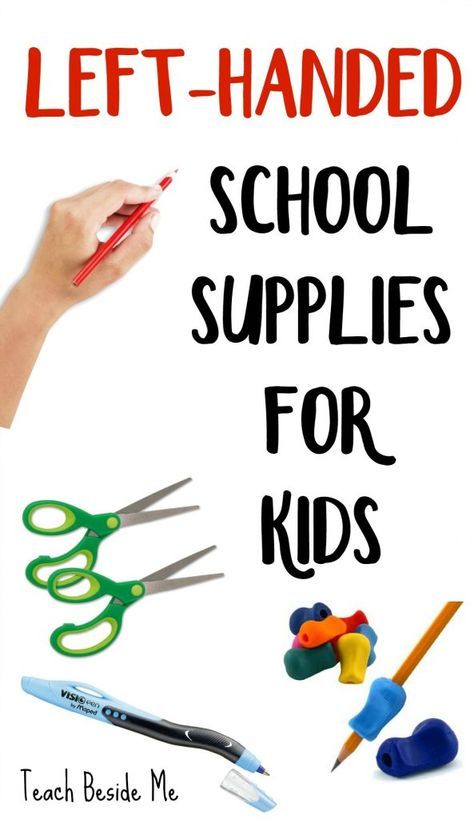
Left Handed Writing Teaching Tips
1. Left Handed Paper Placement
Children who can print sentences across the page are ready to tilt their paper at a slight angle (30-35 degrees) to follow the natural arc of the writing hand. For left-handed children, put the left corner of the page higher, so the writing hand is below the line of writing. This practice encourages a correct, neutral wrist position.
You may observe some left-handed children slanting their papers too much. They do this to prevent their wrists from hooking. Allow them to exaggerate the slant on their papers if it doesn’t cause speed or neatness trouble.
Make free left-friendly worksheets with the A+ Worksheet Maker Lite.
2. Cross Strokes
When writing, we typically travel from top to bottom and left to right. At times, left-handed children may choose to cross letters by pulling their writing hand from right to left. This is natural. Model the cross stroke for them in their student editions.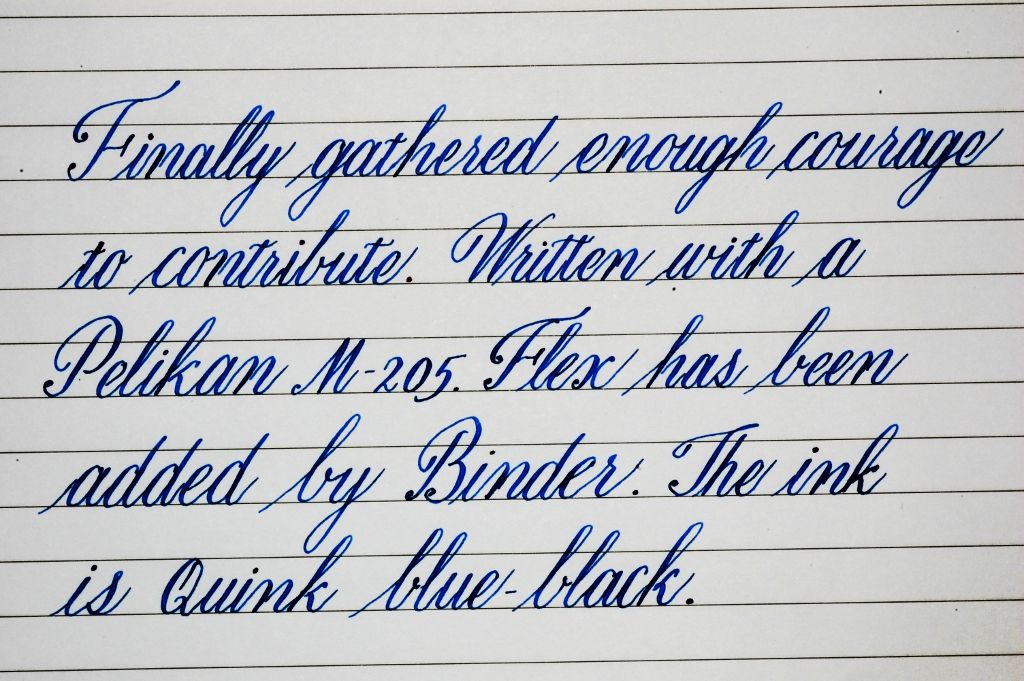 Letters with cross strokes are A, E, F, G, H, I, J, T and lowercase f and t.
Letters with cross strokes are A, E, F, G, H, I, J, T and lowercase f and t.
3. Lefty-Friendly Student Editions
Make sure the student editions you use in your classroom are lefty-friendly—especially when it comes to early writing skills like handwriting. Pages should provide letter models on the left and right, so left-handed children can always see the model they are copying. That way they never have to lift their hand or place it in an awkward position to see a model.
If using a worksheet, give the student another copy of the worksheet to place on their right side if they have directions or words to copy in the left margin. This will give them a way to see those directions or words without having to “hook” their wrist.
4. Left-Handed Pencil Grip
Left handed grip looks different from right handed grip. Since many left-handed students will hook their wrists to accommodate for having to copy material on the left, which their hand would cover. Check out our previously published blog post on how to properly hold a pencil or pen for more information.
Since many left-handed students will hook their wrists to accommodate for having to copy material on the left, which their hand would cover. Check out our previously published blog post on how to properly hold a pencil or pen for more information.
5. Play with Writing Position
Tape a worksheet or coloring page on the wall. Having a child write or color on a vertical surface encourages them to bend the wrist back while writing instead of hooking it forward. Better yet, do not tape the paper on the wall but have them use their right hand to stabilize it. This will help coordinate the two hands together for writing.
If you have an art easel, this is a great option as well. Having them write, color, and draw on the art easel will also encourage children to use those muscles in a more typical pattern and over time will improve muscle memory of this position.
Have the child lay on the floor on his or her stomach and prop up on the forearms/elbows while coloring and drawing.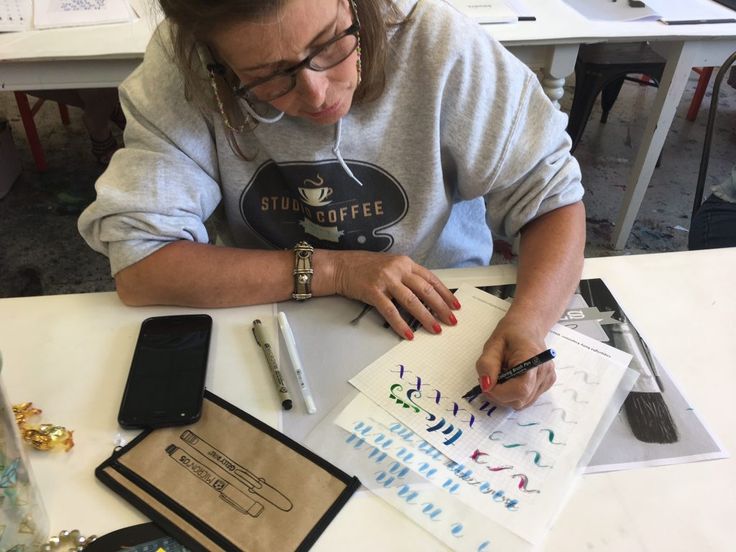 This allows them to put weight through the forearms and helps stabilize them while coloring. With this posture, they are less likely to make a “hook” wrist.
This allows them to put weight through the forearms and helps stabilize them while coloring. With this posture, they are less likely to make a “hook” wrist.
If you have a small coffee table, piano bench, or other small table that the child can easily lay under, tape a coloring or drawing page on the underneath side of the table. This position allows gravity to assist with the proper wrist position. They may only do this activity in small time bursts due to fatigue of holding their arms in the air, but it can be very helpful. Plus, this idea is unusual, and they may really like it!
These are many ideas that you can try at home while working with your child during the stay at home orders, but they are great to continue in the future as well to help promote proper wrist placement and life-long writing skills!
We Know Left-Handed Writing!
Handwriting Without Tears looks out for lefties! That’s why all our student editions are left-friendly and help all children succeed in the classroom.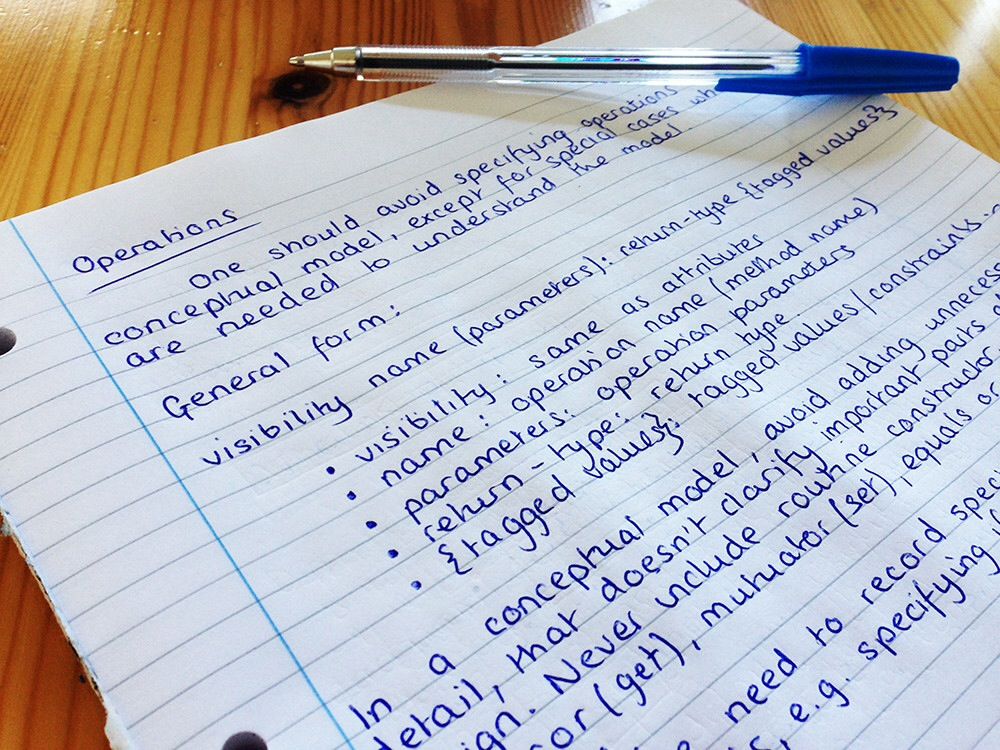 Download a sample student edition page to see the difference.
Download a sample student edition page to see the difference.
Related Tags
Teaching Tips Ask the Experts
Teaching Tips
Making the Most of Your Funding Options
September 9, 2022
0 2 mins
Readiness, Summer, Teaching Tips, Multisensory Learning
5 Ways to Support Your Students this Summer
June 7, 2022
0 5 minutes
Readiness, Summer, Teaching Tips, Multisensory Learning
4 Guidelines to Support Students Over Long Breaks in Learning
February 14, 2022
0 5 mins
There are no comments
Stay Connected and Save 10%Sign up for our newsletter and get the latest updates, Classroom tips & free downloads.
Comments
How to help a left-hander learn to write beautifully. How to teach a left-handed child to write - we analyze in detail
They say that left-handed people are brilliant.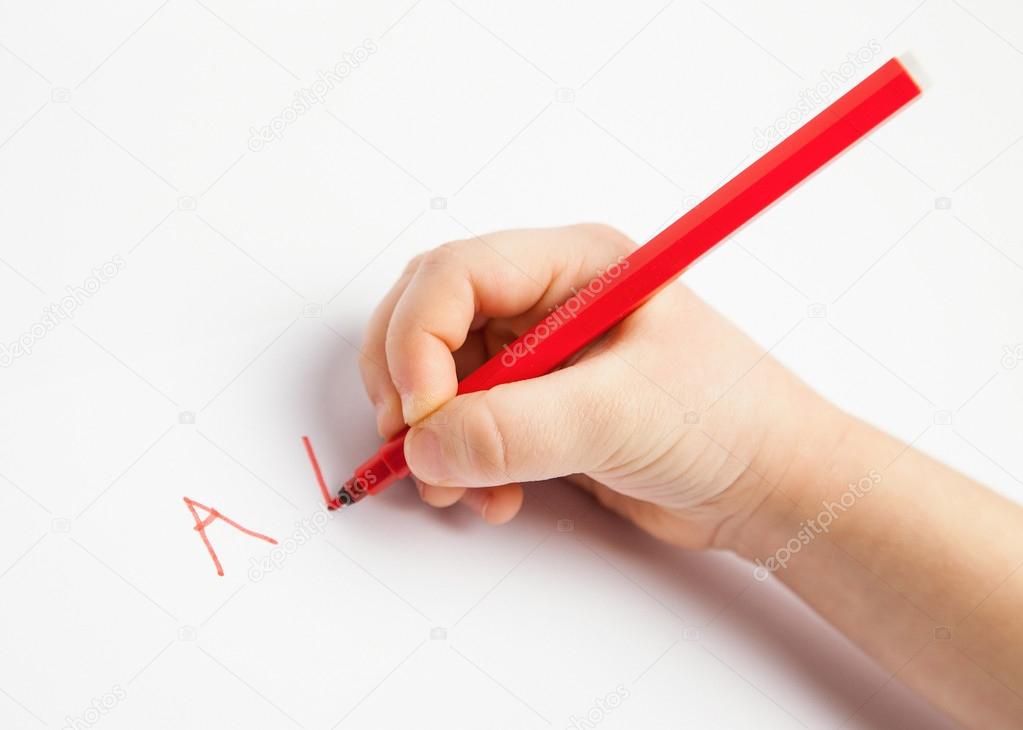 That's probably the way it is. However, this also has its downsides. Namely, teaching a left-handed child to write beautifully and correctly is quite difficult. Especially if both parents are right-handed. Where to start?
That's probably the way it is. However, this also has its downsides. Namely, teaching a left-handed child to write beautifully and correctly is quite difficult. Especially if both parents are right-handed. Where to start?
Teaching writing to left-handed children
A left-handed child differs from his peers in emotionality, touchiness, and sensitivity. All these character traits must be taken into account when dealing with such children. How to teach a left-hander to write beautifully, if he is right-handed. Before you teach a left-handed child to write, you must:
- Determine the placement of the light at the child's desk. It must fall either from above or from the right side. With such lighting, the baby will not obscure the light when writing.
- When writing, the notebook or sheet of paper is tilted to the right.
- The inclination of the letters is provided by the inclination of the notebook.
- It is desirable that when writing, the hand should be located under the line.

- Buy special pens and copybooks for left-handed children in stores.
How to teach a left-hander to write
After the preparatory activities are over, you can start learning.
- Learning to hold a pen correctly. The fingers are located 3-4 centimeters higher from the tip of the handle than in right-handed people;
- When drawing, writing words, the child pushes the notebook, sheets with his right hand;
- Recipes intended for such children have arrow-shaped pointers showing the direction of writing. They contribute to a quick understanding of the material and the correct spelling of letters, hooks;
- Handles for left-handed children have a triangular shape with two finger cavities. A well-chosen pen will help to put the correct tilt of the hand when writing. But, most importantly, the ink of such a pen dries quickly. This will allow you not to smear them on the notebook and not get dirty yourself.
Is it worth correcting the slope of the letter
It is not necessary to achieve the "correct" slope of the letters for left-handers (to the right side).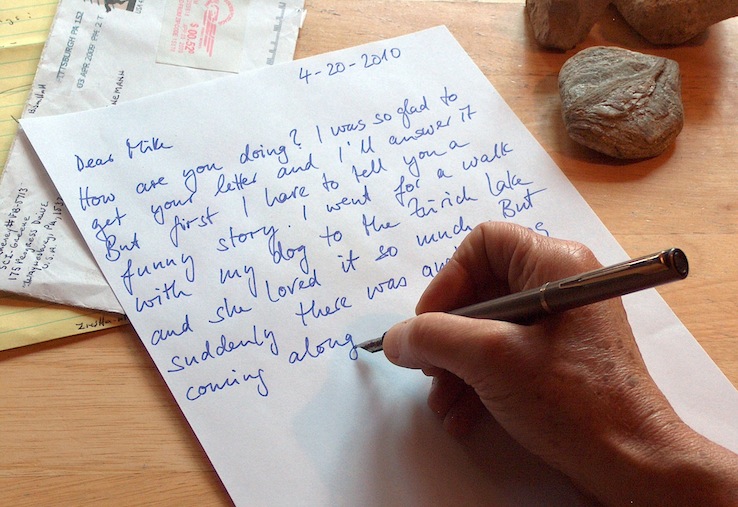 This will make it very difficult to write to the baby. Do not forget that he is left-handed, which means that the “laws” of writing letters, the slopes for him are slightly different from right-handed ones. Try to talk to teachers at school, teachers in kindergarten. Explain to them that your child is special and different from the "standards" of learning. After all, a lot of things in the correctness of writing by a left-handed child will also depend on teachers.
This will make it very difficult to write to the baby. Do not forget that he is left-handed, which means that the “laws” of writing letters, the slopes for him are slightly different from right-handed ones. Try to talk to teachers at school, teachers in kindergarten. Explain to them that your child is special and different from the "standards" of learning. After all, a lot of things in the correctness of writing by a left-handed child will also depend on teachers.
According to the developed methodological recommendations of the Ministry of Health from 1985: it is forbidden to retrain left-handers, reduce marks for non-compliance with beautiful writing standards.
Quite often the parents of a left-handed child face the problem of "mirror" spelling of words. This is expressed in writing the word not at the beginning, as we are used to, but from the end (for example: "shop" - "nizagam" and so on). The child can also mirror the drawings. When reading, it is very difficult for him to observe the beginning of the line.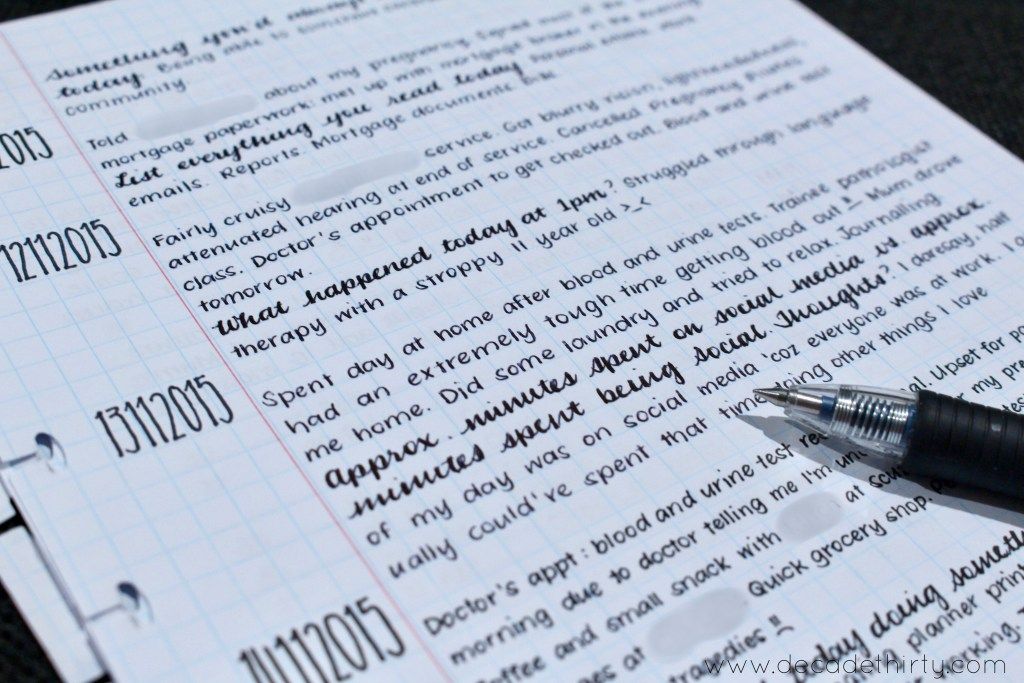 There is nothing critical in this. It is worth being patient and helping to fix the beginning of the line, to teach how to conduct a phonetic analysis of the word, while each letter is pronounced clearly, the sample for writing it is located only on the right.
There is nothing critical in this. It is worth being patient and helping to fix the beginning of the line, to teach how to conduct a phonetic analysis of the word, while each letter is pronounced clearly, the sample for writing it is located only on the right.
Handwriting requirements are not acceptable for left-handed children.
Thus, in order to teach a left-handed baby to write, you need your patience, love and sincere joy for his success.
Teaching left-handed children to write.
Through trial and error, painstaking research in scientific publications and our own innovations, an approach to teaching left-handed children to write has gradually developed.
The most important is the pedagogical issue of teaching left-handed children to write.
What should an adult who teaches left-handers always have in mind?
1. Sluggishness of left-handed children, with a characteristic getting stuck at the beginning of any kind of activity, which should not be the subject of reproach. In no case should a left-hander be rushed, in the hustle and bustle he will either make a lot of mistakes, or stop altogether. And in a situation of stress, such a child often falls into such a panic that one cannot dream of a successful completion of the work. Therefore, it is impossible to angrily threaten him "just try not to write," it is harmful to remind him of a past failure before work. Working with left-handed children requires patience, a sense of humor, the desire to understand and tune in to the other, the desire to constantly think and look for a way to win.
In no case should a left-hander be rushed, in the hustle and bustle he will either make a lot of mistakes, or stop altogether. And in a situation of stress, such a child often falls into such a panic that one cannot dream of a successful completion of the work. Therefore, it is impossible to angrily threaten him "just try not to write," it is harmful to remind him of a past failure before work. Working with left-handed children requires patience, a sense of humor, the desire to understand and tune in to the other, the desire to constantly think and look for a way to win.
2. The need to create a calm, friendly atmosphere during the lesson, designed to calm the majority of emotionally unstable and anxious kids, who are deeply worried about their failures and mistakes. Such an environment will increase the chances of success.
3. One should take into account the once again repeated cause of left-handedness - a different, different from right-handers, organization of the activity of the cerebral hemispheres, which is reflected in any activity of left-handed children.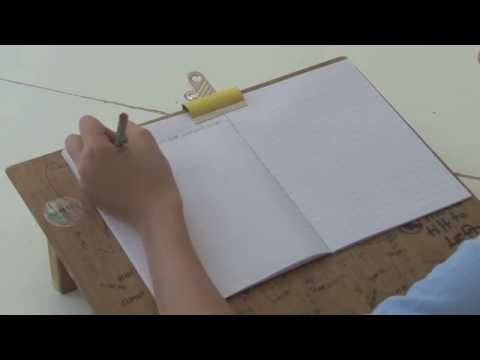 Left-handed children behave differently, trying with all their might to achieve clarity on the issue of interest to them, sometimes ignoring tact and interrupting the interlocutor, regardless of age. Therefore, a left-handed child is rarely loved by a teacher. His irresistible desire to clarify and some tediousness cause the teacher to protest if the adult does not explain to himself the reason for the described behavior by the peculiarities of the course of the child's mental activity. After all, he is not always so dull-witted. Obviously, it is precisely in this question that the lack of formation of the primary factor, such as, for example, spatial representations, affects, and since there is no support, the child is forced to build logical chains that lead him to the right decision. And most often, left-handed children are not limited to the correct result, but in the course of their numerous clarifications they assimilate the knowledge gained in order to use it again at an opportunity.
Left-handed children behave differently, trying with all their might to achieve clarity on the issue of interest to them, sometimes ignoring tact and interrupting the interlocutor, regardless of age. Therefore, a left-handed child is rarely loved by a teacher. His irresistible desire to clarify and some tediousness cause the teacher to protest if the adult does not explain to himself the reason for the described behavior by the peculiarities of the course of the child's mental activity. After all, he is not always so dull-witted. Obviously, it is precisely in this question that the lack of formation of the primary factor, such as, for example, spatial representations, affects, and since there is no support, the child is forced to build logical chains that lead him to the right decision. And most often, left-handed children are not limited to the correct result, but in the course of their numerous clarifications they assimilate the knowledge gained in order to use it again at an opportunity.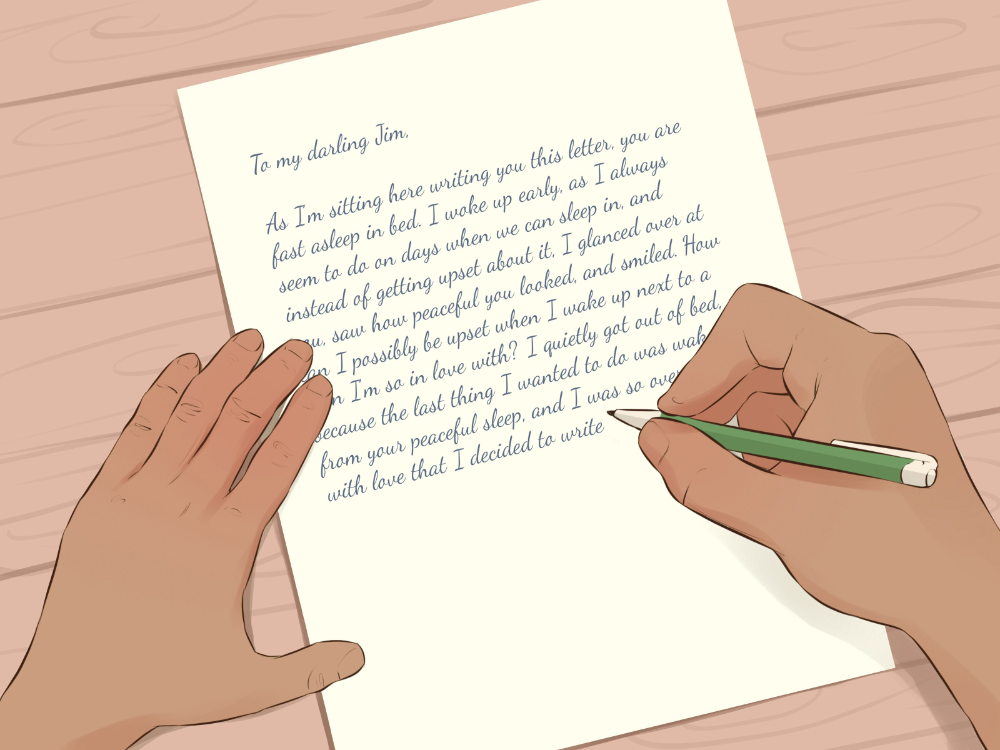 Therefore, it is much more useful for an adult to think about the essence of what is being specified and explain it in the best way.
Therefore, it is much more useful for an adult to think about the essence of what is being specified and explain it in the best way.
4. The presence of some degree of confusion in the spatial representations of left-handed children with the ensuing need to look for an arithmetic error, at least at the first stages of learning, primarily in them, although, of course, the most "ordinary" ones are also allowed student failures.
5. The need to use a step-by-step presentation of material not in terms of a tiny dosage with subsequent immediate practice, but with the allocation of the necessary stages in the process of assimilation of any algorithm, with which you can describe almost each of the skills acquired in elementary school, as this facilitates the alignment left-handed children of the logical chain to master this material and create a complete picture of what they have learned. Hence the inadmissibility of skipping any of the stages in the process of explanation.
6.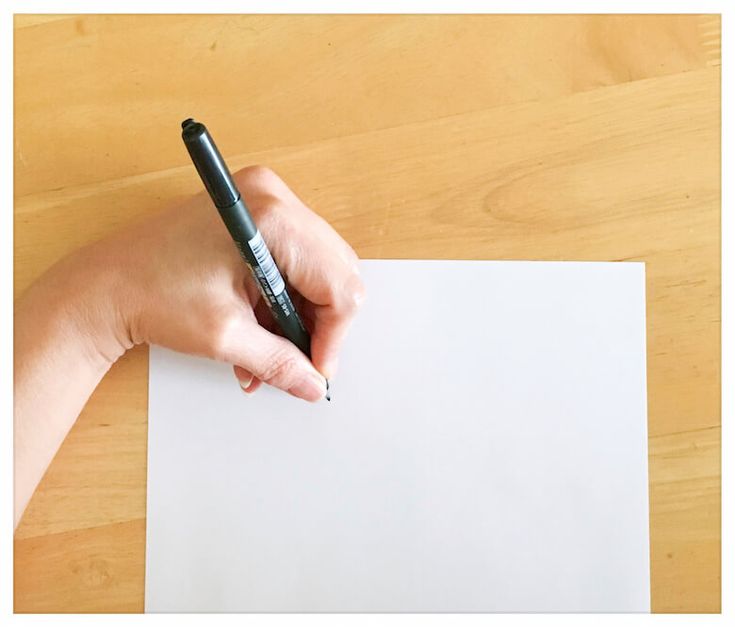 In fact, the need to use creative tasks in the work, on the one hand, providing intellectual development and supporting both interest and the desire to win inquisitive, inherently left-handed children, and on the other hand, showing that not everything is as simple as it can be seem at first glance, and not everything can be reduced to an algorithm and mastery of a certain type of problem.
In fact, the need to use creative tasks in the work, on the one hand, providing intellectual development and supporting both interest and the desire to win inquisitive, inherently left-handed children, and on the other hand, showing that not everything is as simple as it can be seem at first glance, and not everything can be reduced to an algorithm and mastery of a certain type of problem.
7. It is necessary to maintain constant feedback with a left-handed child. A left-hander cannot study something without understanding. He assimilates the material strictly in stages, and omission or misunderstanding of something leads to the loss of the thread of reasoning. By giving a strict algorithm and teaching how to use it, you will overcome the impotence of the child, but without understanding the mistakes he makes or eliminating the sudden hitch, you will deprive him of confidence.
A left-handed child with his individual characteristics finds it difficult to adapt to such a complex and strict school world.
1. it is necessary to help the left-hander to organize his workplace, change the slope of the notebook, the position of the forearms when writing, take the pen correctly, make sure that the light falls on the right;
2.Left-handers should not be required to write in a right-handed way, it would be more appropriate for them to write straight;
4. any motor actions should be decomposed into elements, explaining step by step, each element should be performed consciously;
5. it is desirable to perform special exercises, play games with the child that develop visual perception and hand-eye coordination;
6. it is necessary to work with the parents of a left-handed child, explaining to them the causes and consequences of the characteristics of their son/daughter, advising how to help the child overcome those objective difficulties that already exist and maintain the mental and physical health of the child;
7. never show a negative attitude towards left-handedness, use the characteristics of such a child in the classroom to instill in children respect for the individual characteristics of each person, tolerance towards the manifestation of properties that are not characteristic of the majority.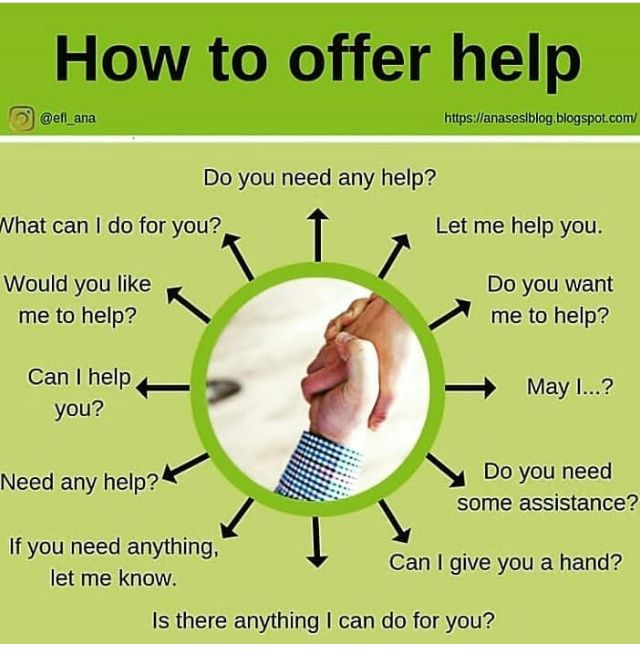
Correct posture when writing requires:
sit straight;
lean back against the back of a chair;
do not touch the table with your chest;
keep legs straight, feet on the floor or on a stand;
torso, head, shoulders to keep straight;
both hands in the area of the forearm rest on the edge of the table, while the elbows should protrude beyond the edge.
Notebook position
The notebook is tilted to the right so that the lower right corner of the page on which the child writes is directed towards the middle of his chest. As the page fills, the right hand moves the notebook up, while the bottom corner of the page is still directed to the middle of the child's chest.
It is difficult for a left-handed child to navigate in a notebook, in a line. He cannot immediately determine the side from which to start writing, he confuses the direction. In such cases, the left side of the sheet should be marked with a colored pencil.
The left hand of the child, when writing, makes a movement symmetrical to the movements of the right hand, i.e. writing movements from right to left. To prevent errors, experts offer the following preparatory exercises.
Pay special attention to how to hold the handle correctly:
1. The pen must rest on the right side of the middle finger. The index finger holds it from above, and the large one supports it on the right side. All three fingers should be extended as far as possible and do not squeeze the handle strongly. The index finger can be lifted easily without the handle falling off. The ring and little fingers can be inside the palm or lie freely at the base of the thumb. While writing, the hand rests on the upper joint of the little finger bent inward.
2. The distance from the tip of the rod to the index finger should be no more than 4 cm. This is slightly higher than for right-handers, and is necessary in order not to cover the line of writing.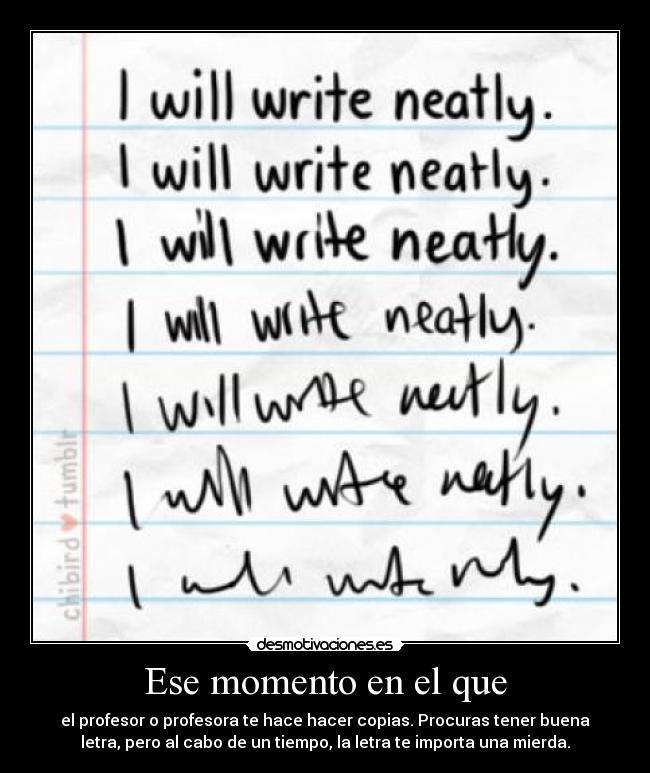 In this case, the index finger does not form an angle with the handle, but, as it were, is its continuation. Hold the pen so that it is in line with your hand.
In this case, the index finger does not form an angle with the handle, but, as it were, is its continuation. Hold the pen so that it is in line with your hand.
Learning how to hold a pen is not easy. Do not rush, be nervous, scold the child. You need to start with a few simple strokes, do everything slowly, calmly. When working with a left-handed baby, do not forget about the work on the development of the friendly action of both hands. Here, games and exercises with the ball, swimming, modeling, embroidery, knitting, weaving macrame and other activities that develop coordination of the movements of the fingers and hands can be recommended.
Prevention of errors in writing similar letters.
Observation of the writing of left-handed children, analysis of their workbooks shows that the most common mistakes are in which children confuse letters that are close in shape and find it difficult to arrange them. In order to properly organize the work to prevent errors of this kind, these letters should be considered.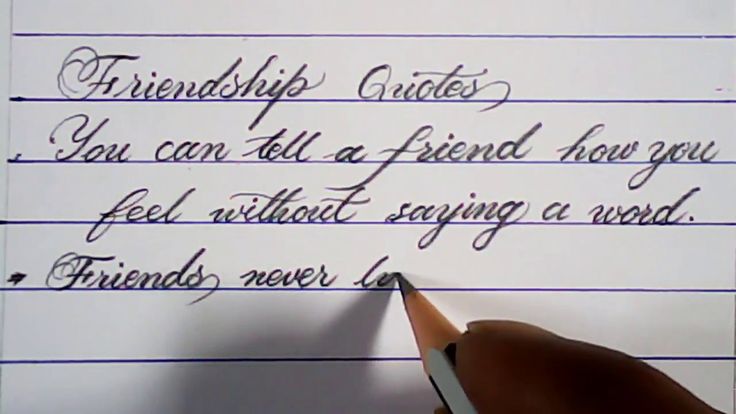
First group - E, Z, S, E, k, n, g. When writing these letters, mirror writing errors often occur. To prevent a mirror image, it is necessary to include in the preliminary work a visual analysis of the letter (where the letter looks, where it originates from, what elements it consists of), the construction of the letter from its elements. It is better to do this in special albums with written letters and their elements, where in each letter the beginning is indicated by a red arrow, and the trajectory of movement is indicated by black arrows. When writing these letters, it is desirable to mark the beginning of each letter in red.
2 group - the upper part corresponds to the lower part of the other: t, w. p. and, c, e., their visual comparison should be carried out, as well as the imposition of a letter on another. When writing in notebooks, special indicators and reference points should be entered for them. After writing the letters, you need to compare them with the sample by matching and overlaying the sample written by the teacher on transparent paper.
The letter O has no orientation in space. When writing ovals, supports and indicators are especially needed to show the beginning and direction of movement.
There are errors that are caused by forgetting rare forms of letters: H, h, X, x, f, f. for a more solid memorization of their configuration, a figurative image of these letters should be entered. For example, the letter X can be seen in a walking man, H - in the spout of a teapot, F - in glasses ...
References:
1. Bezrukikh M. M. “Left-handed child” - M., 2001
2. Bezrukikh M. M., Efimova S. P. “Why learning is difficult”.
3. Bezrukikh M. M. Left-handed child: A notebook for classes with children. Guidelines. M .: Ventana-Graf, 2001
4. Bezrukikh M. Left-handed child at school and at home. - Yekaterinburg, 1998.
5. Recipes Bezrukikh M. M. “Left-handed child” (series “Getting ready for school”). - M., 2004. pp. 18-48.
6. Petrova N. “If the child speaks badly” - M.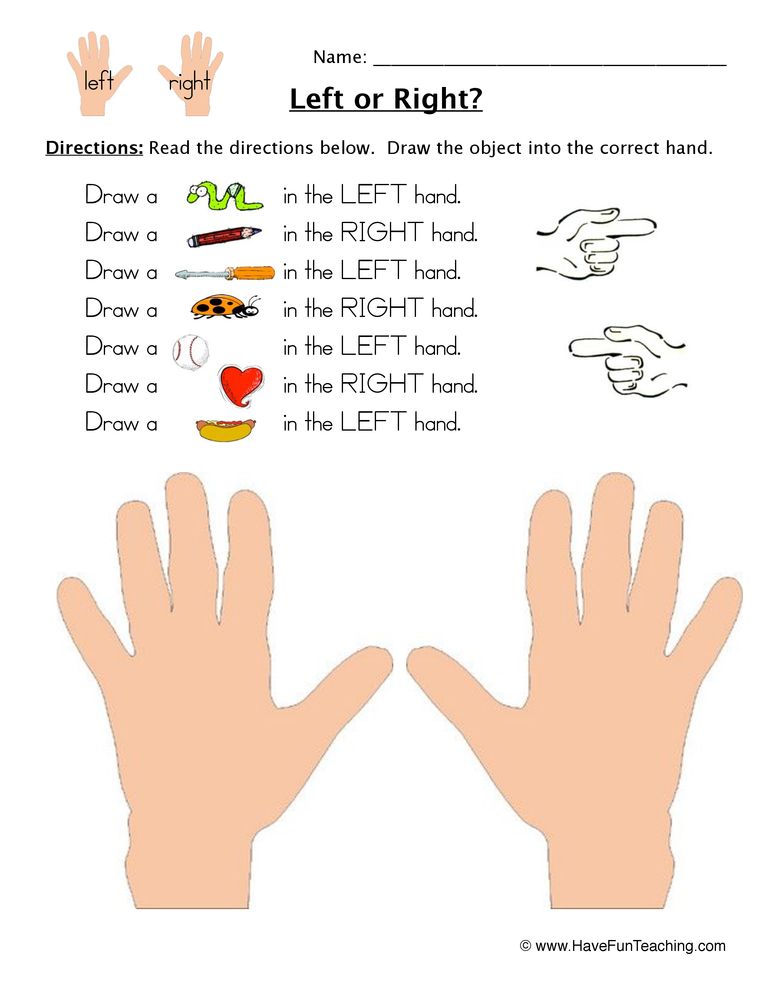 - SPb., 2005, pp. 84-90
- SPb., 2005, pp. 84-90
7. Svetlov R. S. “Lefty and right-handers” - St. Petersburg, 2004
8. Makariev I. “If your child is left-handed”. - M., 2001
9. Dobrokhotova T.A., Bragina N.N. Lefties. - M., 1994.
10. Airapetyan V., Chuprikov A. How to be left-handed? // Family and school. 1986. No. 11.
11. Bezrukikh M.M., Knyazeva M.G. If your child is left handed. M., 1994.
12. Thomas J. Weiss How to help a child? M., 1992.
13. Zabramnaya S.D. Psychological and pedagogical diagnostics of mental development of children. M., 1995.
14. Fedosova N.A. Teaching writing to left-handed children // Primary School. 2007. No. 12.
15. Age features of the mental development of children. Ed. Dubrovina I.V., Lisina M.I. M., 1982.
Message
according to MDK "Russian language with teaching methods"
"Working with left-handed children in a writing lesson"
Astrakhan, 2015
My child only uses his left hand! He is left handed! Often this fact is perceived by parents in a negative way. It happens even worse - as a punishment or a sentence of fate. And is it really so? In this article, parents will find a lot of useful information on how to help a left-handed child adapt to a world that is "sharpened" for right-handed people.
It happens even worse - as a punishment or a sentence of fate. And is it really so? In this article, parents will find a lot of useful information on how to help a left-handed child adapt to a world that is "sharpened" for right-handed people.
Left-handedness: what are the reasons?
What determines which hand is dominant? This is due to three factors: upbringing, heredity and possible disorders that the child has acquired as a result of birth trauma or perinatal complications.
As a rule, the dominant hand is associated with the opposite to the leading hemisphere of the brain. That is, if the dominant hemisphere is left, then the person writes with his right hand, and vice versa.
Left-handedness is not a bad habit or a whim. This is the result of a special structure of the brain. Most often, this is an innate individual feature of the baby - the same as the rate of speech or hair color, and therefore it must simply be accepted, and not broken and tried to be rebuilt.
Psychological characteristics of left-handers
Each hemisphere is responsible for its own type of information processing. So, the left "logical" hemisphere processes information sequentially, while sorting through all possible scenarios. Whereas the right "figurative" hemisphere instantly processes the information received, perceiving it as one holistic image.
The difference between left-handers and right-handers is not limited to the fact that one actively uses the right hand, and the other - the left. Everything is deeper and much more complicated, but the main difference lies in the way the information received from the outside world is processed. Left-handed people perceive the information received differently, as well as emotionally react to it in a different way.
There are a number of basic psychological features that distinguish people with a dominant left hand from right-handed people:
- Left-handed people have a better imagination and are prone to fantasizing.
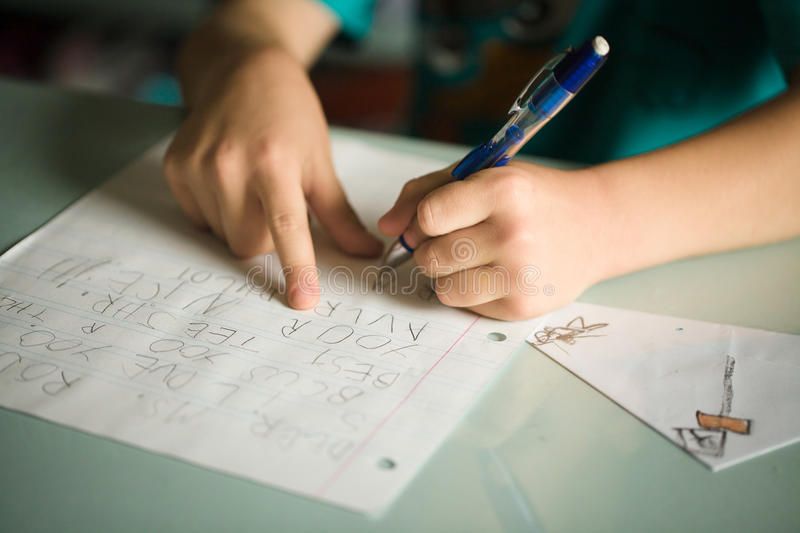
- Left-handers are more difficult to do arithmetic, due to the fact that these actions require consistent thinking, logic, and this function is controlled by the left hemisphere. But in the study of geometry, they will succeed due to its spatial nature.
- Left-handers perform worse in activities that require constant self-control.
- It is easier for right-handers to master literate written and oral speech, since left-handers have a much weaker ability to actively reproduce speech compared to the ability to understand words.
- Left-handed people have excellent "body sense", spatial orientation and excellent coordination of movements. They are much more mobile than people with a predominant right hand.
- Lefties are more impressionable, emotional and vulnerable. In this regard, they are more likely to be offended, angry, annoyed. This is especially evident at the stage of difficulties, which often occurs with them.
- Left-handed people are excellent at a variety of generalization tasks, but the tendency to “grab” the whole image of a picture instead of analyzing it step by step prevents them from mastering the skill of reading.

How not to raise a left-handed child
Under no circumstances should you retrain a child. This process will turn into a real torture for the baby's brain. What will be the result?
- The baby will develop speech with a delay, various speech therapy problems will arise.
- The neuroticism of the child increases on the basis of persistent relearning. Its most common symptoms are appetite and sleep disturbances, abdominal pain and headaches, stuttering, enuresis, and the like.
- The same "topographical cretinism", or the inability of an adult person to correctly orient himself in place, the inability to perceive a melody, the inability to dance, and so on.
It's better not to focus on the fact that the child has an inborn feature. Neither the baby nor the people around him should see something unique and unusual in this. Otherwise, the child may develop shyness, and the life scenario of a loser.
Remember that a left-handed child (in other words, like any other baby) should not be shouted at, otherwise he will simply withdraw into himself and eventually lose contact with his parents.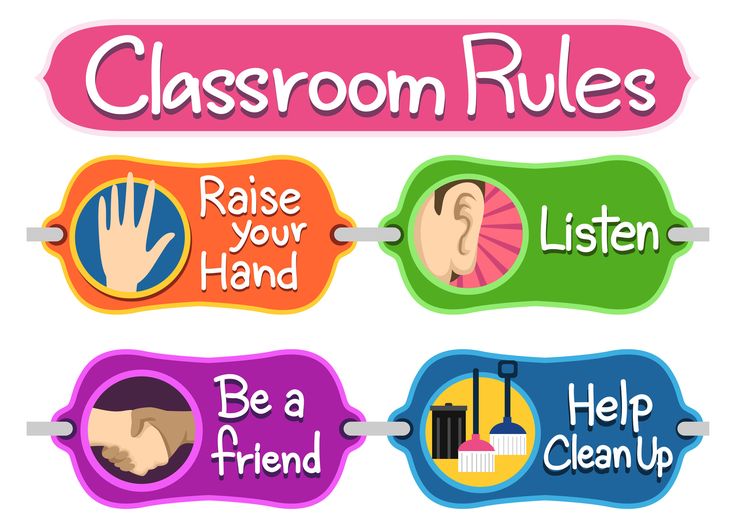 The reasons for this lie in the natural increased susceptibility and vulnerability.
The reasons for this lie in the natural increased susceptibility and vulnerability.
How should a left-handed child be brought up?
First of all, parents should take care that the child does not associate failures with the fact that he writes not with his right, but with his left hand. To do this, you can, for example, tell the baby about famous left-handed personalities. These were Leonardo Da Vinci, Albert Einstein, Julius Caesar, Johann Sebastian Bach and many other famous and talented people.
Summing up, let's say that if the parents are finally convinced that their baby is left-handed, they should not be upset. It is better to spend your time learning to take into account the peculiarity of the child in learning and everyday communication. In addition, that the child is left-handed, it is imperative to warn educators and teachers. In many ways, it depends on them the degree of exposure of the baby to neuroticism.
- Take your little one for granted.
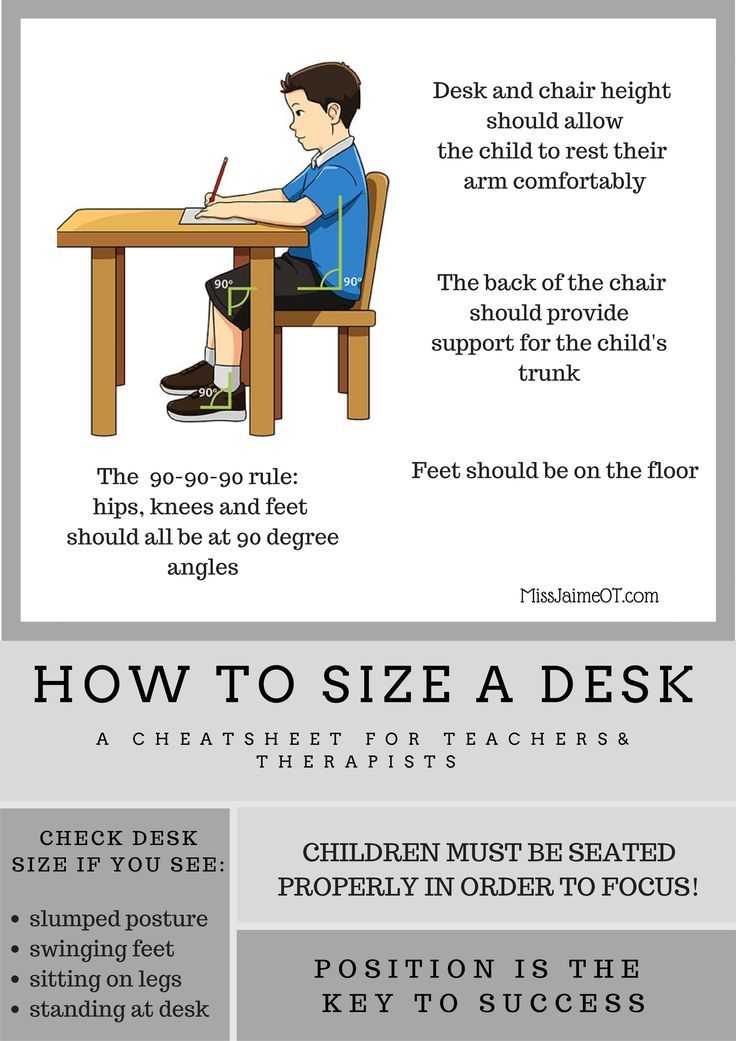 Don't try to make him right-handed. Explain to him that there are also many people who do work with the left hand, and this is just as normal as right-handedness.
Don't try to make him right-handed. Explain to him that there are also many people who do work with the left hand, and this is just as normal as right-handedness. - Do not make excessive demands on him and in any case do not oppose him to other children.
- Do not strive to raise a child prodigy, but encourage him for any, even the smallest successes, and praise his creative abilities.
- Create the necessary conditions for your child not only at home, but also at school. Ask the teacher to give him a place at the table on the left side, so that he does not collide with the elbow of his desk mate. Make sure that the light from a window or table lamp falls on the work area from the right side.
- Do not forget about your baby's increased impressionability and emotionality. Adults need to be very friendly and sensitive with him.
- Get ready to stock up on left-handed tools. Left-handedness becomes a problem when a child begins to learn to write. There are special handles.
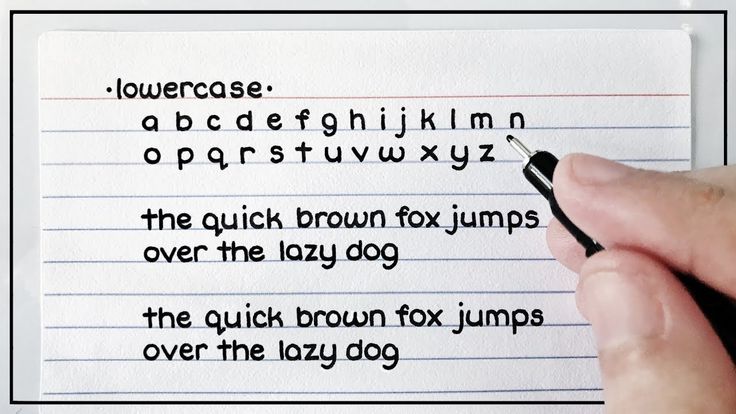 In the near future, he will have to sit down at a computer with a "left" mouse and a mirrored keyboard - typing will be much easier than writing.
In the near future, he will have to sit down at a computer with a "left" mouse and a mirrored keyboard - typing will be much easier than writing.
In the meantime, you need to realize that a child with a dominant left hand is not a reason to be upset. Even if he is scolded at every parent meeting.
The most common myths about left-handers
Some psychologists believe that left-handed children are more anxious and also more likely to experience emotional disorders than their peers with a dominant right hand. It is believed that they are very painful and often suffer from sleep disorders. Psychologists say that left-handed children are prone to guilt, more shy, impractical, insecure, rude, and also have a lower level of intelligence than right-handers.
Left-handed children: features of learning to write
First of all, parents need to pay attention to the child's workplace. Fix attention on the fact that all elements of the table will have a special orientation.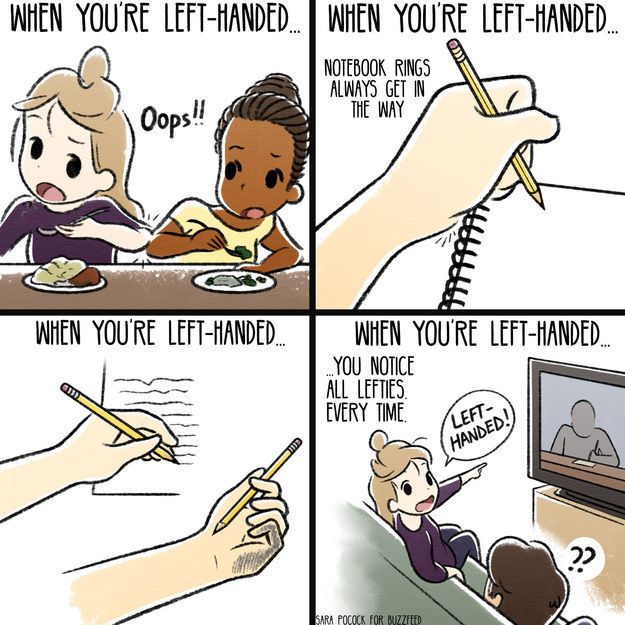
In order for a left-handed child not to cover the light with his hand, it must fall either from the front or from the right.
Only the right hand moves the notebook. On the letter, all elements are straight. Tilt is achieved only by tilting the sheet or notebook to the left. The advantage in this position is that the child does not cover with his hand, which should be in the “under the line” position, what he writes. Relative to the body, the sheet also shifts to the left.
If at the initial stage a left-handed child learns the correct arrangement of objects on the table, as well as the rules of calligraphy, then in the future parents will be able to avoid many difficulties in teaching the child to write.
To help children and parents: goods for left-handers
How to teach a left-hander to write? Use the developed tools as assistants.
Now they produce recipes for left-handers. They are specially designed for "unusual" children.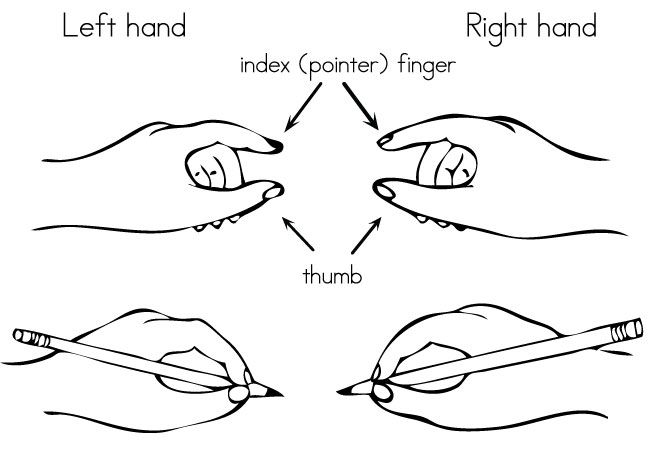 Arrows in these letters indicate the direction of writing. All letters must be written directly. Recipes for left-handed people will greatly facilitate the learning process, as well as allow you to quickly teach a left-handed kid a beautiful and neat letter.
Arrows in these letters indicate the direction of writing. All letters must be written directly. Recipes for left-handed people will greatly facilitate the learning process, as well as allow you to quickly teach a left-handed kid a beautiful and neat letter.
Another helper is a special handle designed for left-handed children. It has the necessary recesses for the fingers, as well as a slope that facilitates writing. In addition, special left-handed pens have special ink that dries quickly, so that they do not smudge while writing, ensuring a clean and tidy notebook.
In addition to these helpers, you can purchase special left-handed scissors, erasers, sharpeners, rulers. All left-handed people who have already tried these useful novelties in practice say that they make life and learning much easier.
Products for left-handers. Pen
Pen for left-handed children writes at any angle. In addition, it has a thin rod and ink that dries quickly, because thick rods leave ink marks that smear, because the left hand slides over the already written text.
Parents often ask whether to retrain a left-hander? Psychologists will definitely taste "no"! When teaching writing, parents need to take into account the sensual and vulnerable nature of their baby, remember that you need to encourage and praise him more often. If you study together, you will be able to correct mistakes in a timely manner, as well as lay the foundation for correct calligraphy in time. In this case, the statement "A left-handed child cannot write beautifully" will not apply to your child.
How to hold a pen correctly?
Left-handed copybooks allow kids to develop their calligraphy skills and learn how to hold a pen correctly.
The baby's hand should be in line with the handle. A slight slope is allowed.
The left hand is under the line, but sometimes it is more convenient for the baby to write in the “hand under the line” position. Some consider this position to be erroneous.
While writing, the right hand moves the notebook.
The slope of the letters is achieved only by tilting the notebook, all lines of writing must be straight.
The fingers should be slightly higher when writing than in right-handed children. This is about 4 cm from the tip.
Avoid excessive tension in the index finger: it must move freely up and down. It is better to ask the child to lift it.
Rulers and erasers for left-handers
The average child draws and draws lines from left to right. However, it is inconvenient for a left-hander to use a regular ruler - everything is smeared, the scale is not visible. Why? Because the child draws lines from right to left - after all, he is left-handed. In order for his notebook to always be neat and clean, you need to purchase a special ruler for left-handed children.
Another handy accessory is the left-handed eraser. It has a special shape that is natural for the left hand, so working with it will not require much effort.
Keyboard for left-handers
A left-handed child will also use a computer, so he needs a comfortable keyboard. Outwardly, it is similar to the standard one, but the location of some keys is different. The first thing you notice is that the numeric keypad is not on the right, but on the left. In addition, the Enter, Del, Page Up, Page Down, and arrow keys are within reach of the left hand. In addition, they are duplicated on the right. So this keyboard can be used by both left-handed and right-handed people.
Outwardly, it is similar to the standard one, but the location of some keys is different. The first thing you notice is that the numeric keypad is not on the right, but on the left. In addition, the Enter, Del, Page Up, Page Down, and arrow keys are within reach of the left hand. In addition, they are duplicated on the right. So this keyboard can be used by both left-handed and right-handed people.
Left-handed keyboard manufacturers pay close attention to ergonomics, so the keys on these models are often specially shaped and pyramidal. In addition, the keyboards have wrist rests.
Special mice are also produced for children with left hand dominance. Vertical and horizontal, ergonomic, with special notches for fingers. In addition, there is also a left-handed gaming mouse.
Left handed mouse
A left-handed computer mouse is a special device, which is also “sharpened” for people who have a left hand. The shape of this device is designed so that the fingers avoid curvature.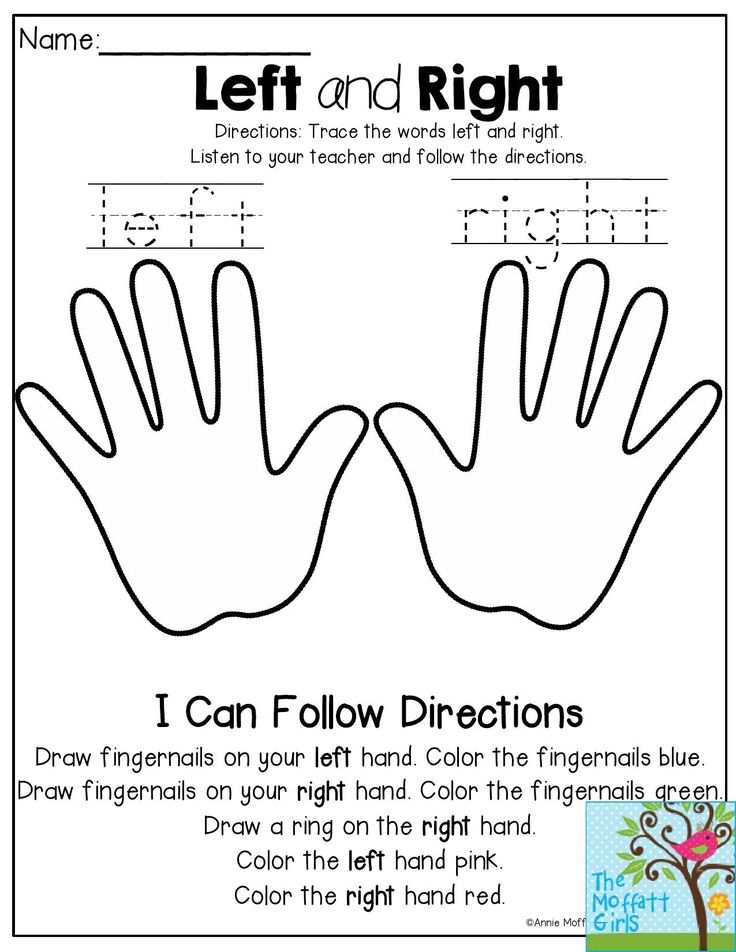 The left-handed computer mouse was created by a team of doctors, engineers and physiotherapists, and was designed with the position of the hand and palm in mind during use to avoid strain on the wrists and hand.
The left-handed computer mouse was created by a team of doctors, engineers and physiotherapists, and was designed with the position of the hand and palm in mind during use to avoid strain on the wrists and hand.
Any of us can become an ambidexter, that is, a person who can equally use the left and right hand. Einstein, Michelangelo, Tesla, da Vinci, Fleming and Franklin were ambidexters. Of course, in order to wake up the other hand (in the case of this article, the right one), you will need a lot of time and patience, but this goal is still quite achievable! And this article will tell you what to do.
Steps
Practicing writing skills
Write something with your left hand every day. You can't want today, but wake up tomorrow ambidextrous - you have to work, and for quite a long time - several months or even years. So, if you really want to learn how to use your left hand at 100%, then you have to train daily.
- Make time in your schedule to write with your left hand.
 Just 15 minutes a day is enough.
Just 15 minutes a day is enough. - The main thing is not to force yourself through force - disappointment and fatigue ruined many great undertakings.
- Practice regularly and you will get there.
Hold your hand correctly. When you're trying to train yourself to write with your left hand, it's important to hold your pen comfortably.
- Many of us hold the pen too tightly, squeezing it almost like a death grip, because of which the hand quickly gets tired. A tired hand, in turn, worsens the quality of writing.
- So that your hand does not get tired, hold the pen with your left hand as you would hold it with your right, but mirroring everything. And do not deny yourself breaks for rest!
- Writing on good paper with a good pen will be much more convenient and easier.
- Tilt the paper 30-45 degrees to the right for a more comfortable angle.
Practice writing the alphabet. Use your left pen to write down the entire alphabet of your language, both lowercase and uppercase. Take your time, focus on making the letters even remotely resemble themselves. So far, quality is important to you, not speed.
Use your left pen to write down the entire alphabet of your language, both lowercase and uppercase. Take your time, focus on making the letters even remotely resemble themselves. So far, quality is important to you, not speed.
- For the sake of comparison, do the same, but with your right hand. Accordingly, continue to work with this role model.
- Keep your drafts in a folder somewhere. So, it will be more convenient and easier for you to track progress and, accordingly, it will be easier to deal with a lack of motivation.
Practice writing sentences. Having worked through the alphabet, it's time to move on to the text, more precisely, to the sentences.
- Start with something simple, like "I'm writing this sentence with my left hand." Remember, there is no need to rush, we must try to do everything qualitatively.
- Then try to write a sentence that contains all the letters of the Russian language.

- And then another one of the same.
Work with copybooks. You remember them, you yourself learned to write from them, even if long ago and with your right hand. However, neither the situation as a whole, nor the rules for writing letters have yet to change. With the help of copy-books, you will hone your skills in writing letters with your left hand.
- Strictly speaking, you don't just learn to write with your right hand, you learn to write again and train your brain to do it. Namely, for such cases, prescriptions were created.
- Remember your lined notebooks with slanted stitching? They will come in handy again - it will be easier to ensure that the letters have similar proportions.
Try writing backwards. In Russian, as in many other languages of the world, the text goes from left to right, “from the thumb to the little finger”.
- For right-handers, there is nothing strange about this.
 In addition, so, they also do not accidentally smear the ink when writing.
In addition, so, they also do not accidentally smear the ink when writing. - For lefties, in turn, this state of affairs looks less natural. It is really easier for lefties to write from right to left.
- For example, da Vinci was left-handed and wrote that way - from right to left, mirroring the letters when writing. This created a kind of cipher, which could only be read by reflecting the text in a mirror.
- Practice writing from right to left with your left hand, and you'll be surprised at how quickly and easily the letters will come out. However, to really write backwards, you need to write the words themselves backwards too!
Draw. This, of course, is not quite the same, but still the ability to draw with your left hand will come in handy - you will learn to control your hand more precisely, and also make it stronger.
- Start with something simple, say basic geometric shapes such as squares, circles and triangles.
 Then move on to more complex shapes - trees, chairs, and so on. When this will be easy for you, start drawing people and animals.
Then move on to more complex shapes - trees, chairs, and so on. When this will be easy for you, start drawing people and animals. - Draw from top to bottom with your left hand. This is a great exercise to start training your brain to use your left hand as well as your right.
- Many great artists were ambidexters and often, when one hand got tired, they simply took the other brush and continued to paint. Sir Edwin Henry Landseer, a famous artist, was famous for being able to draw with both hands at the same time.
Be patient. As mentioned earlier, learning to write with your left hand takes a lot of time and effort. So be patient and don't give up!
- After all, it took you years to learn to write with your right hand! Yes, you were a child, but that doesn't make much of a difference. Moreover, this means that you will wake up the left one even faster! However, even with this in mind, you should not expect quick results.
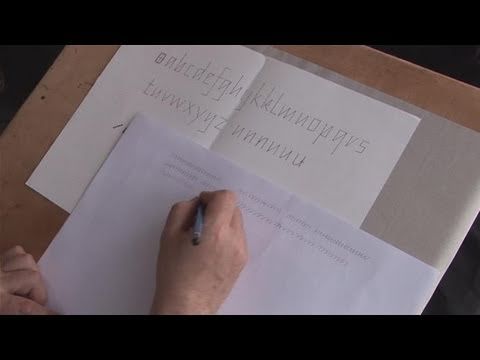
- Don't worry about writing speed at first. You must learn to control your hand, write letters accurately, and not write quickly. Speed is the next step.
- Motivate yourself that being able to write with your left hand for a right-hander is cool and spectacular. Something, but motivation will come in handy for you ...
Making the left hand stronger
-
Do everything with your left hand. Everything. This is the easiest way to accustom her to various loads. If you're doing something with your right, now start doing it with your left..
- Brush your teeth with your left hand. Comb your left. Stir the sugar in the cup with the left. Butter for bread - left. Open the door - left. All left!
- Throw darts - left. Hold the cue - left. Bowling - also left.
- Yes, at first it will be difficult, you will accidentally break loose and start doing everything right. In this case, there is one sure remedy - tie the fingers of your right hand.
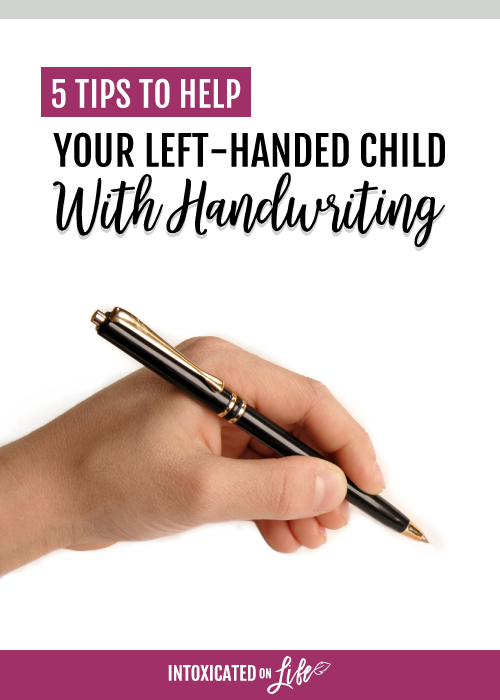 Everything, the hand is useless, you have to do everything with your left!
Everything, the hand is useless, you have to do everything with your left!
-
Lift heavy objects with your left hand. This will help you correct the difference between the dominant and non-dominant hand.
- Dumbbells, carpal expanders - all this will serve you faithfully.
- Start with light weights and gradually increase the load.
-
Learn to juggle. Juggling three or four balls is probably one of the best ways to strengthen your left hand and improve your coordination. Moreover, it is also spectacular in itself!
Practice with the ball. So, one of the great exercises for non-dominant hands is working with a ball bouncing off some surface. Take two tennis rackets and two balls, then start bouncing them off the floor - simultaneously and with both hands.
Learn to play a musical instrument. Many musicians whose instrument requires two hands are somewhat ambidexter.
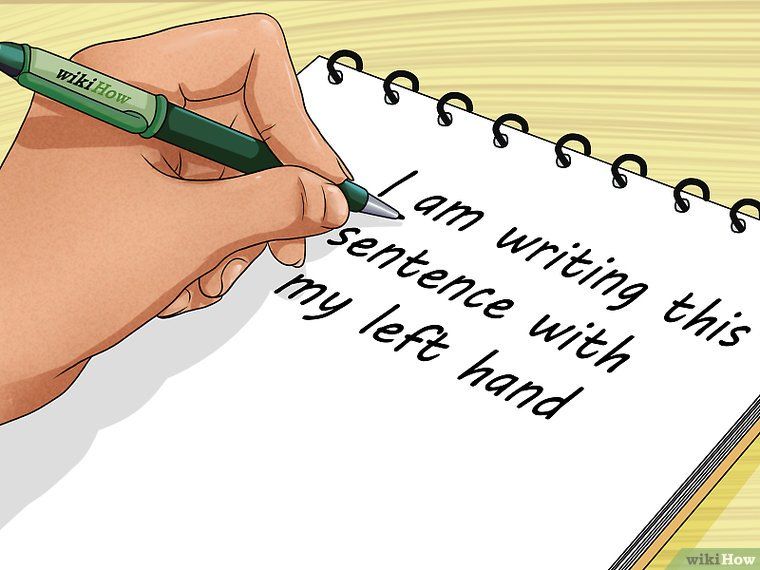
Take up swimming. Another activity for two hands at once, developing overall coordination of movements and, as a result, the brain.
- Sign up for a pool, swim a couple of tracks, and you will not only begin to develop your left hand, but in general you will do a useful thing for the body. Cardio never hurt anyone!
-
Wash dishes with your left hand. Washing dishes regularly with your left hand is an easy and sure way to improve your dexterity. This is both exciting and useful for the future, and not only for washing dishes.
-
Start doing tasks with your left hand that require more precision. Write in mirror image, play pool or darts, peel shrimp with your non-dominant hand, which you have already trained on easier tasks. It will also develop your overall ability to automatically transfer any action in a mirror image to the other hand. The next time you take on a new task with your left hand that you usually do with your right, you will be a little more dexterous from the very beginning than if your left hand had not been accustomed to such exercises.
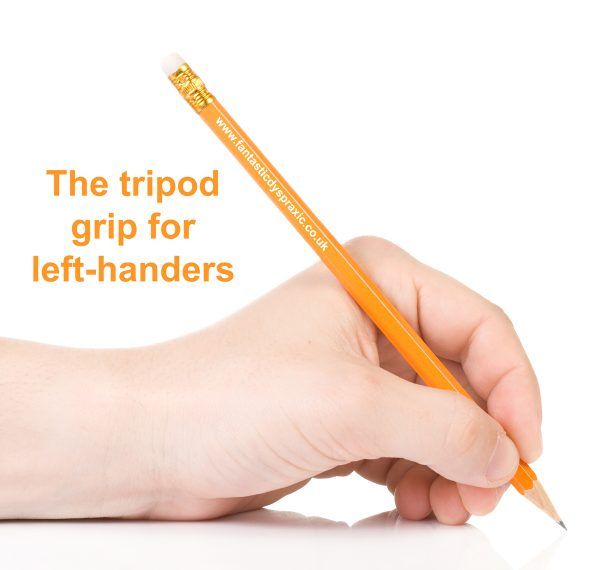 It may take years for the left hand to equal the right hand, but in two months it will come close to it. Once you've got the hang of it with your left hand, you don't have to wait impatiently for it to catch up with your right hand. If you're in a hurry to get ambidexterous and are willing to take it slow at first, you can skip steps 2-7.
It may take years for the left hand to equal the right hand, but in two months it will come close to it. Once you've got the hang of it with your left hand, you don't have to wait impatiently for it to catch up with your right hand. If you're in a hurry to get ambidexterous and are willing to take it slow at first, you can skip steps 2-7. - Practice writing with your left only at home. At school or at work, write with your dominant hand until you can write with your left quickly and accurately enough.
- When you start doing everything with your left, try not to use your right.
- Do daily tasks with your left hand - hold the plug, remote control, etc. in it.
- Be patient and take your time.
- Everything you have done with your right hand, from now on do with your left hand.
- When learning to write with your left, do not forget about your posture.
- Pay special attention to writing sentences containing all the letters of the alphabet.
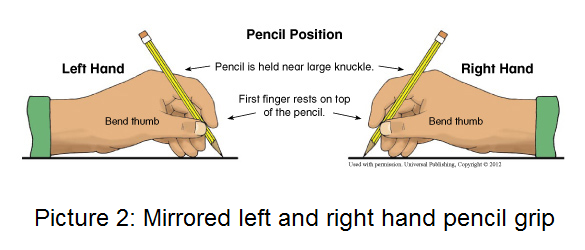
- When writing with your left hand, look with your right eye.
How to teach a left-handed child to write.
It is believed that left-handers are more talented people, among them there are many great scientists, artists, musicians (Newton, Tesla, Michelangelo, Leonardo da Vinci, etc.).
However, there is another side, left-handed child more sensitive, more touchy, more emotional, which should not be overlooked in education.
Actually, the development of a left-handed child is the same as that of a right-handed child. Difficulties may arise when teaching a left-handed child to write.
Indeed, he holds the pen in the wrong hand, he closes everything to himself; how to teach a left handed child to write unless he is left handed.
First, define , is not it child is left handed . Often, parents simply do not attach any importance to this. Or there are left-handed people in the family, whom he imitates and begins to do everything with his left hand, while he himself is right-handed.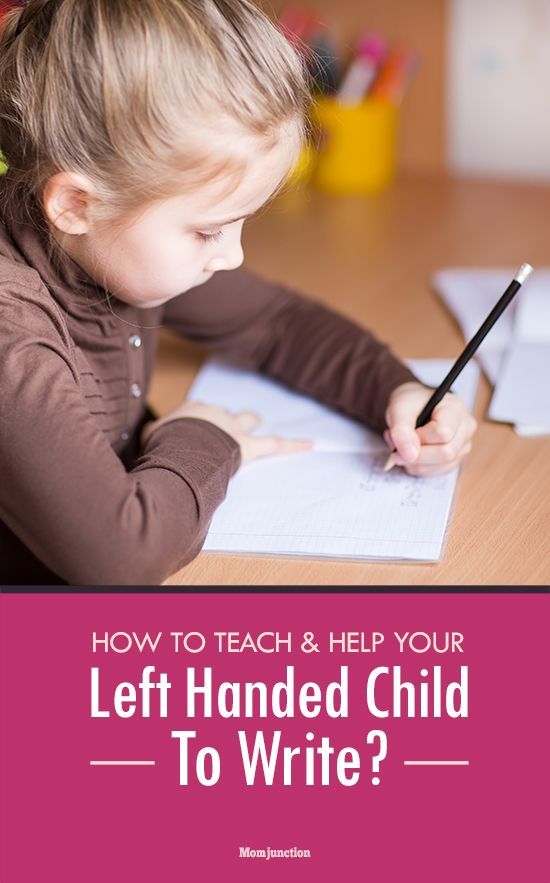
As a rule, these children have ugly handwriting. Real left-handed children have beautiful handwriting. And they use their left hand just as deftly as right-handed people use their right.
Peculiarities of learning to write a left-handed child
First of all, pay attention to the child's workplace. Fix your attention on the fact that all elements have a particular orientation.
- The light must come from the front or right. So that the child does not cover it with his hand.
- The sheet on the table is tilted to the right so as not to cover the words. In this case, the sheet is shifted to the left relative to the body.
- All lines are straight when writing. The slope of the letters is achieved by tilting the notebook.
- The hand is in line with the handle, a slight tilt is allowed.
- The hand is under the line.
It is also important to teach a left-handed child right hold a pen. The fingers should be higher than those of right-handed children.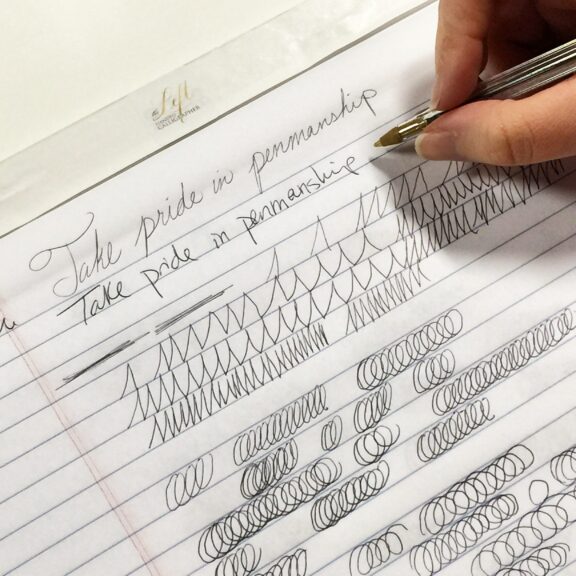 About 4 cm from the tip.
About 4 cm from the tip.
Another feature is that while writing, the right hand moves the notebook.
If at the initial stage, it is possible to teach the child to the correct arrangement of elements, in the future, there will be less difficulties in teaching a left-handed child to write.
Help: copybooks and pens for left-handers
Now special recipes for lefties children. The arrows show the direction of writing. All letters are written directly. Recipes for left-handers facilitate the learning process, allow you to quickly teach a left-handed child beautiful writing.
Also special handles for left-handers . These pens have indentations for the fingers and a slope that makes writing easier. Left-handed pens have a special quick-drying ink that prevents them from smearing while writing.
In addition to these products, you can buy scissors, sharpeners, erasers, rulers for left-handers. All left-handed people who start using these useful innovations say that they make life very easy.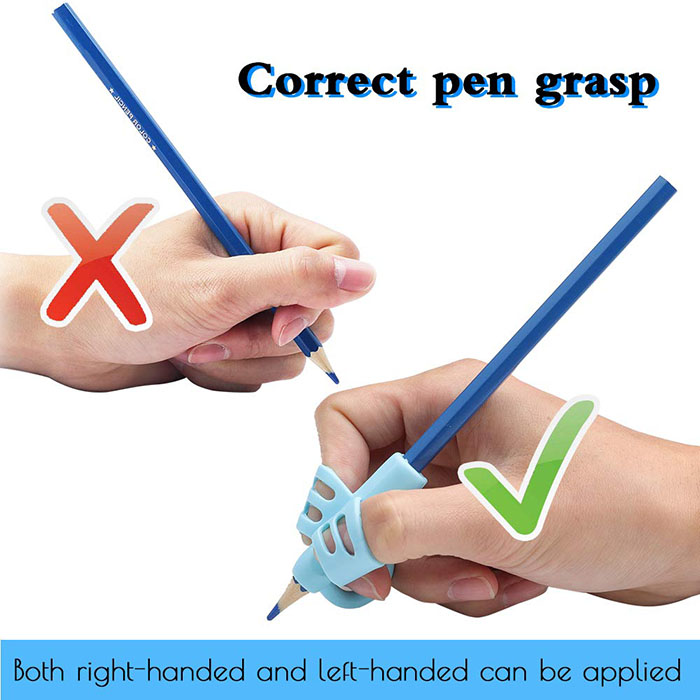
How to teach a lefty to write
2965
The mother is right-handed and the child is left-handed. How not to get confused before the task of teaching a child to write? We offer small tips for interested mothers.
Preparing for a letter.
Left-handed children, unlike right-handed children, have difficulties in developing the speed and accuracy of movements. It is more difficult for them to quickly switch from one type of activity to another, which means that the development of switching from one type of activity to another should be the basis for teaching left-handers to write. This requires giving kids more time to complete each task and move on to the next so that the skill is perfected.
Experts are sure that it is necessary to deal with left-handers from preschool age. But more emphasis should be placed not on purposeful teaching of writing, but on the development of basic motor functions: fine and gross motor skills, stretching exercises, the study of spatial representations, the development of speech and the training of phonetic-phonemic perception (the ability to distinguish between speech and non-speech sounds).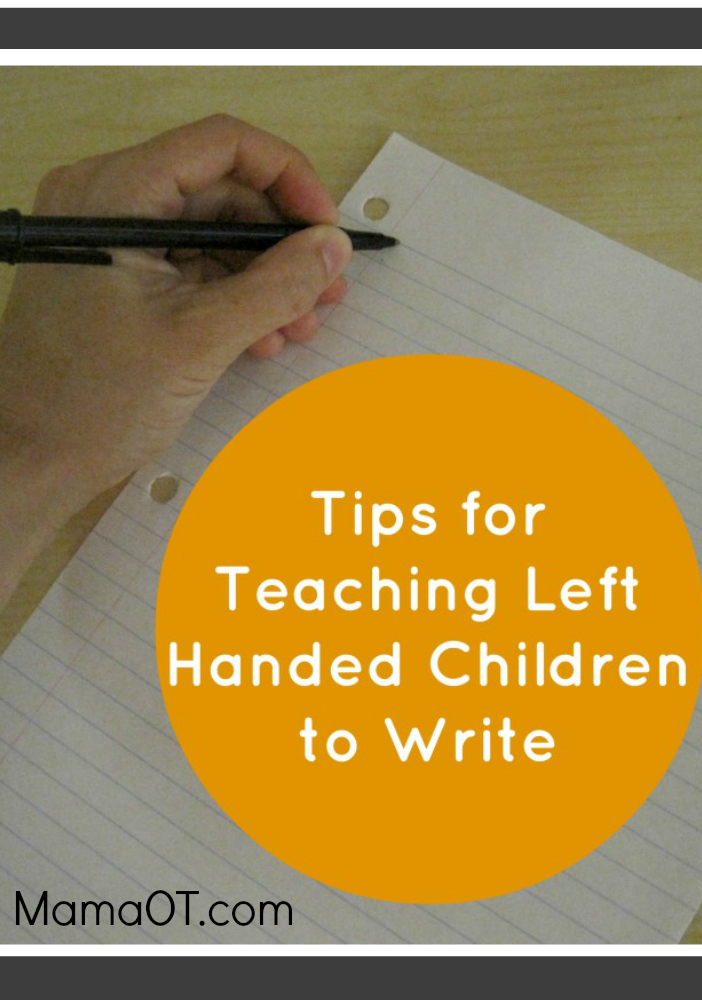 The formation of all these skills will greatly help the baby in grade 1.
The formation of all these skills will greatly help the baby in grade 1.
All these peculiarities of a child's education come from the fact that left-handers (and left-handedness can only be determined by the age of 5) have more developed visual perception than auditory. Therefore, the child writes the word, remembering how it looks, and not by ear. Therefore, phonemic hearing must be developed, otherwise it will be difficult for the baby at school, where they dictate more often than they show words for cheating. In addition, photographically remembering the spelling of many words is very difficult and more often we recognize them when we hear from someone. That is why it is better to teach a child to listen to sounding speech so that he develops more harmoniously and is ready for school.
The development of spatial representations will help the child navigate on a sheet of paper, in writing letters, not to read words backwards, not to draw letters and numbers in random order or in a mirror, which is so characteristic of left-handed children.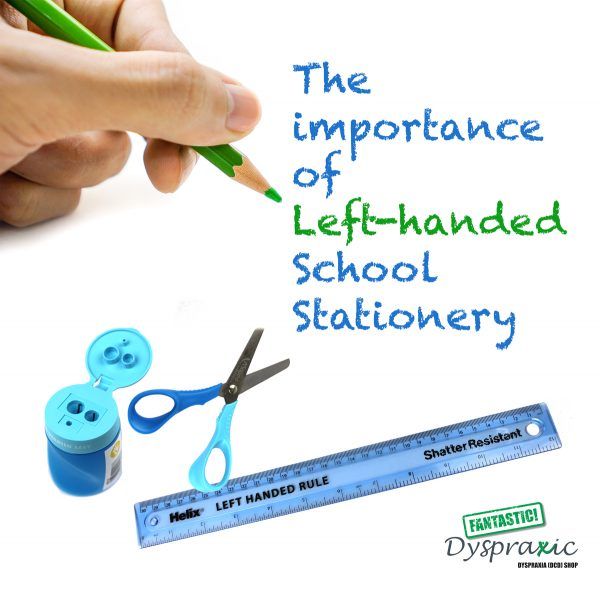
Letter.
The process of writing consists of 4 components: the correct landing at the table, the correct grip of the pen, the position of the notebook and the writing technique itself.
Proper seating at the table and gripping the pen are no different from right-handers. True, only the light should be on the right.
The notebook can be positioned in 2 ways:
- 1. The same as for right-handers, but in mirror image: at an angle of 45ᵒ. The fold line of the notebook should be approximately parallel to the forearm of the left hand, which should lie completely on the table. When writing, as you fill in the lines, the sheet of paper will rise up.
- 2. The notebook lies in the same way as for right-handers, only we increase the slope: instead of 45ᵒ - 80ᵒ-90ᵒ. What gives such a slope? The child does not have to twist the hand, and the hand will go straight, straight up, from the shoulder, which will greatly facilitate the work of the child.
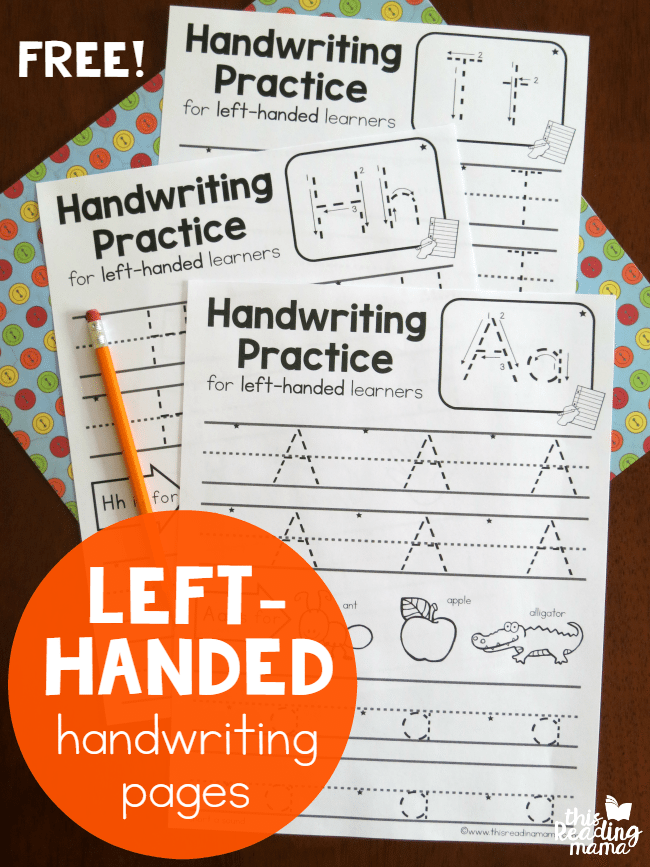 In addition, the hand will smear the ink less, because it will go over the top lines that are already dry.
In addition, the hand will smear the ink less, because it will go over the top lines that are already dry. Writing technique.
- 1. If for right-handers they created notebooks in a narrow line with an appropriate slope, then left-handers now have their own notebooks with their own slope. This means that it is impossible to force a left-hander to write letters with an inclination to the right. Lefties write either straight or tilted to the left. This greatly facilitates the work of the hand.
- 2. So that the child does not smear the ink, you can put another piece of paper under your arm, and buy the pens themselves thin and with non-greasy ink.
- 3. There are also special nozzles for left-handers, special pens with a curved shaft, pads on the table for the correct position of the notebook and hands when writing.
The main thing when teaching a left-handed child to write is to develop motor skills and spatial coordination, as well as the skills listed above.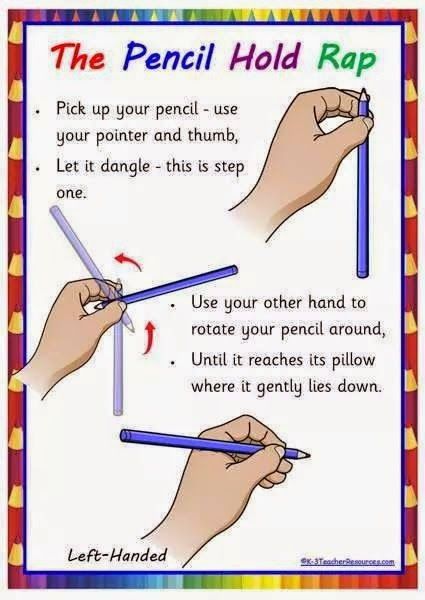 The very process of mastering writing with the development of these skills will not differ for left-handed people from right-handers. You only need to follow some fundamental rules listed in the second part of the article.
The very process of mastering writing with the development of these skills will not differ for left-handed people from right-handers. You only need to follow some fundamental rules listed in the second part of the article.
The development of spatial representations in preschoolers will be helped by online classes on our website in the section "Spatio-temporal representations for children 5-6 years old."
Did you like it? Share with friends:
Online classes on the Razumeikin website:
-
develop attention, memory, thinking, speech - namely, this is the basis for successful schooling;
-
help to learn letters and numbers, learn to read, count, solve examples and problems, get acquainted with the basics of the world around;
-
provide quality preparation of the child for school;
-
allow primary school students to master and consolidate the most important and complex topics of the school curriculum;
-
broaden the horizons of children and in an accessible form introduce them to the basics of various sciences (biology, geography, physics, chemistry).

